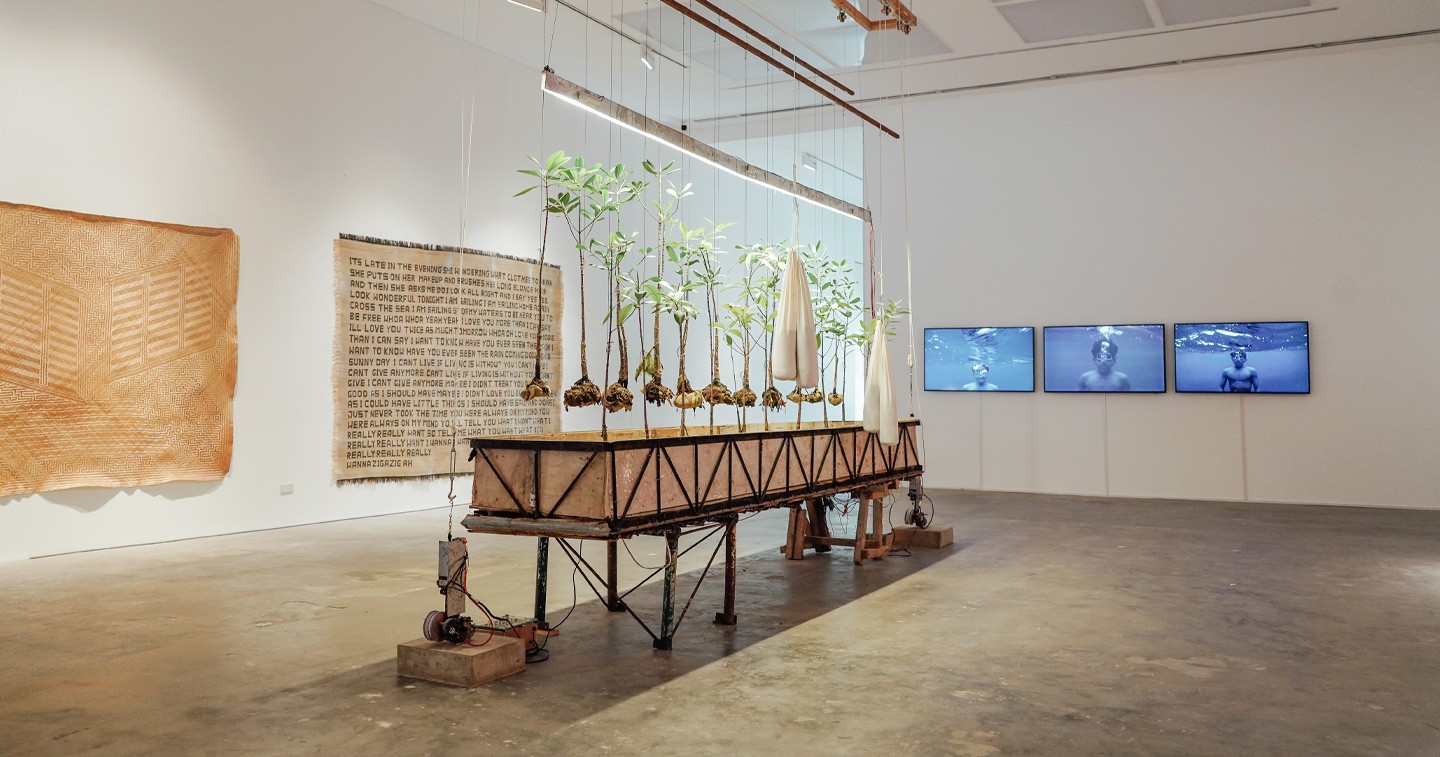Words by Mike Ng
Illustration by Terence Eduarte
In blurring the lines between the physical and digital space, the thrust of advancements in immersive tech has been about redefining our experiences of everyday life. This year, while progress might seem incremental, we can see the huge implications in our work, business processes, and even our personal journeys.
MACHINE LEARNING, AI, AND BOTS
Language barriers will erode
Tech giants like Google and Amazon are working towards improving language translations, making huge advancements in language processing and direct translations. Some local companies are even working on localizing Filipino, Cebuano, and other vernaculars.
This means that we can create automated sentiment analyzers, create voice UI (user interface) services for ordering or support, and have the ability to determine details such as gender, age, and preference just by contextual learning. The most simple form of sentiment analyzers convert Filipino to English before running language processing which leads to inaccurate results. But with these developments, we will have smarter translations.
Branded bots on Facebook and other messenger platforms
Chatbots, digital assistants, and image recognition hit the mainstream from the moment we can ask Google Assistant about the weather, or since Snapchat filters have allowed us to puke rainbows. All these interactions have been made possible by the venerable minds behind machine learning. As science fiction-like as it all seems, brands can easily harness the benefits of machine learning with commoditized platforms such as Dialog flow that enable rapid development of conversational or AI-empowered interfaces. No fancy coding is required. As a result, we can expect more branded bots flooding its presence in Facebook Messenger, Amazon’s Alexa, or Google Assistant, just to name a few.
VIRTUAL REALITY
More people will use VR technology and it will evolve into more practical and seamless executions.
It’s been a few years since VR had its revival, thanks mostly to the Oculus Rift. This popularity will continue to rise. Now, we are seeing a steady stream of VR apps made specific for on-ground marketing campaigns, virtual simulations and training, art installations, among other uses.
The experience delivered by VR tech will also be forced to improve. VR is still getting more innovative to achieve better displays, most importantly, getting wireless support for an untethered experience. One of the biggest roadblocks of VR is the pain of setting up and wire management. Some still believe that the future of VR is still in mobile phones due to portability and simplicity of use. The challenge for VR in 2018 is finding practical and experiential executions that applieslearnings of the past to something fresh this year.
AUGMENTED REALITY
Facial recognition technologies will upgrade to deliver faster, more accurate AR apps
Last year, Google and Apple flexed their AR muscle with their own AR frameworks and products. We also saw FaceID in action for the first time. Given that the number of people who have access to this technology is still relatively low, there are great opportunities here to create really immersive experiences. Face depth data can be used to amplify accuracy of AR applications significantly as it will natively give developers a 3D map of a person’s face. What this means is faster, more accurate AR apps that put filters on your face, or apps that rely on face for security.
IoT and Home Automation Devices
Virtual assistants make their way to our pockets via our smartphones.
And now, they’ll be in our homes even more, via Google Assistant, Alexa, Siri, Bixby, or Cortana. All will be listening in 24/7, and trying to identify and analyze all forms of sound for voice commands. We do not expect to be able to order online automatically anytime soon but pairing these devices to lights at home, audio speakers, smart TVs, or Chromecast are very easy and very affordable to do. Smart plugs and devices are available at Lazada for less than a thousand pesos, plus creating your own app and integrating it to the aforementioned assistants will only take fairly moderate effort if you possess the will. Combining these possibilities to what you can already do with your smartphone creates new possibilities for automation and perhaps opportunities to be a market leader like the country’s first voice enabled ordering e-commerce platform.
Immersive interfaces, higher risks: Issues on Privacy and Security
Given the benefits these new technologies provide, privacy will be a trade-off. Most are fine as long as the security is handled by the top tech giants. However, this is not the case. There have been major vulnerabilities recent like Meltdown, Blueborn, and Spectre — major scenarios that let hackers access your private files.
A few years ago, the NSA leaks proved that some sci-fi level hacking is also possible. With more personally identifiable information we surrender in exchange for convenience or entertainment it is already a big thing to know or question where our data is going. Regardless, the future where machines are listening, watching, learning things about us always is here.
About the Author:

This article was published in the adobo magazine Trends 2018 issue.








